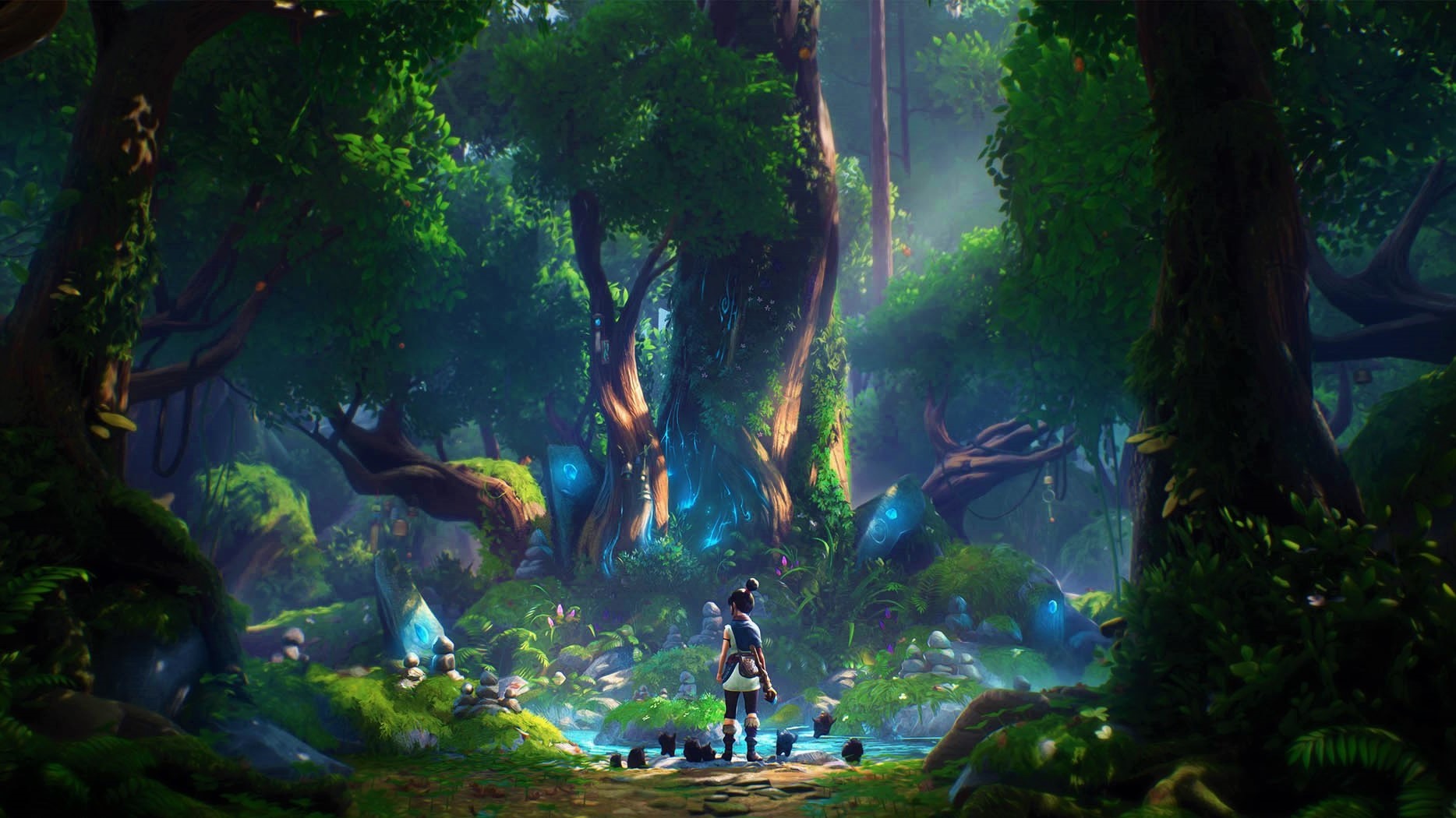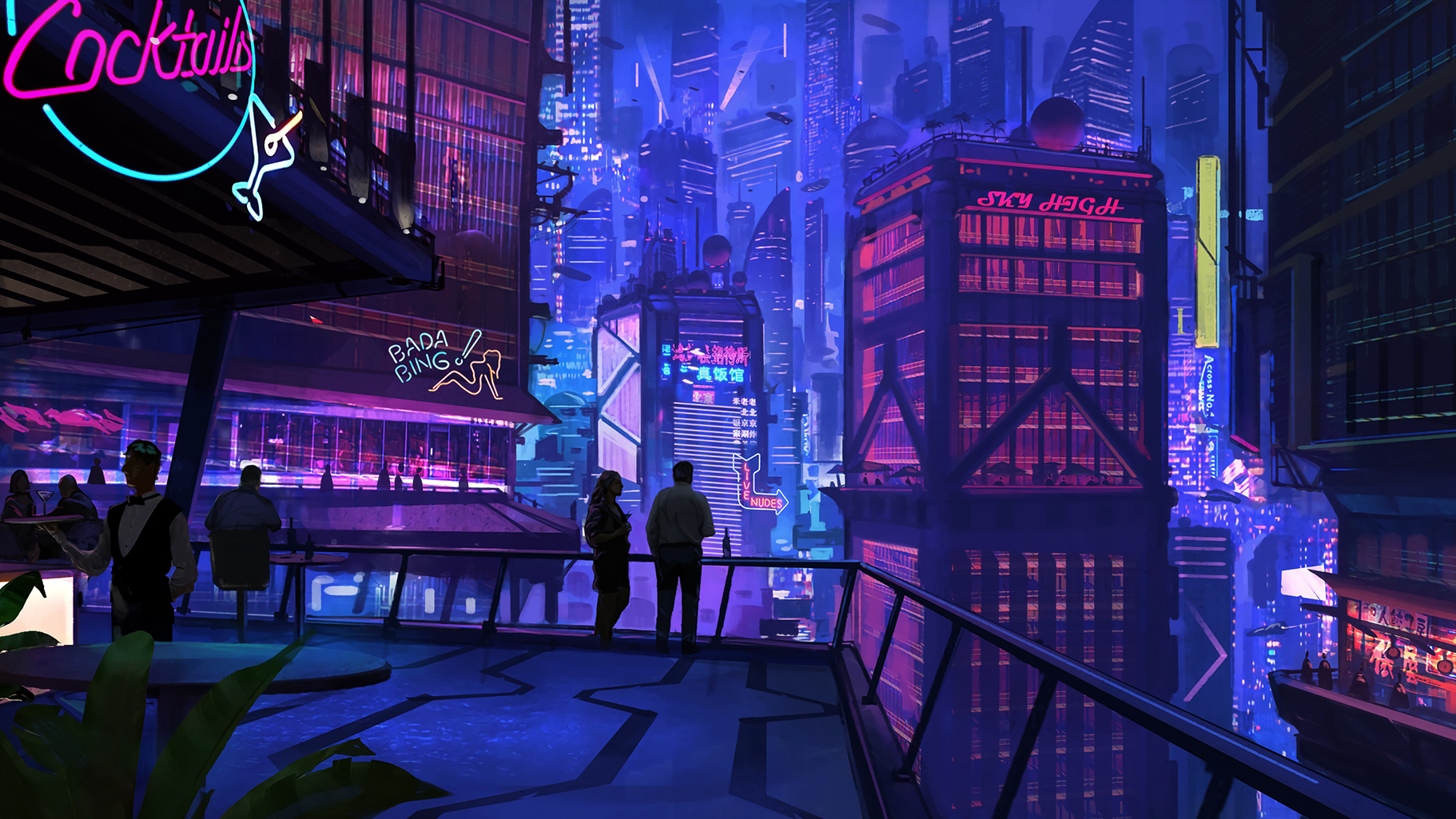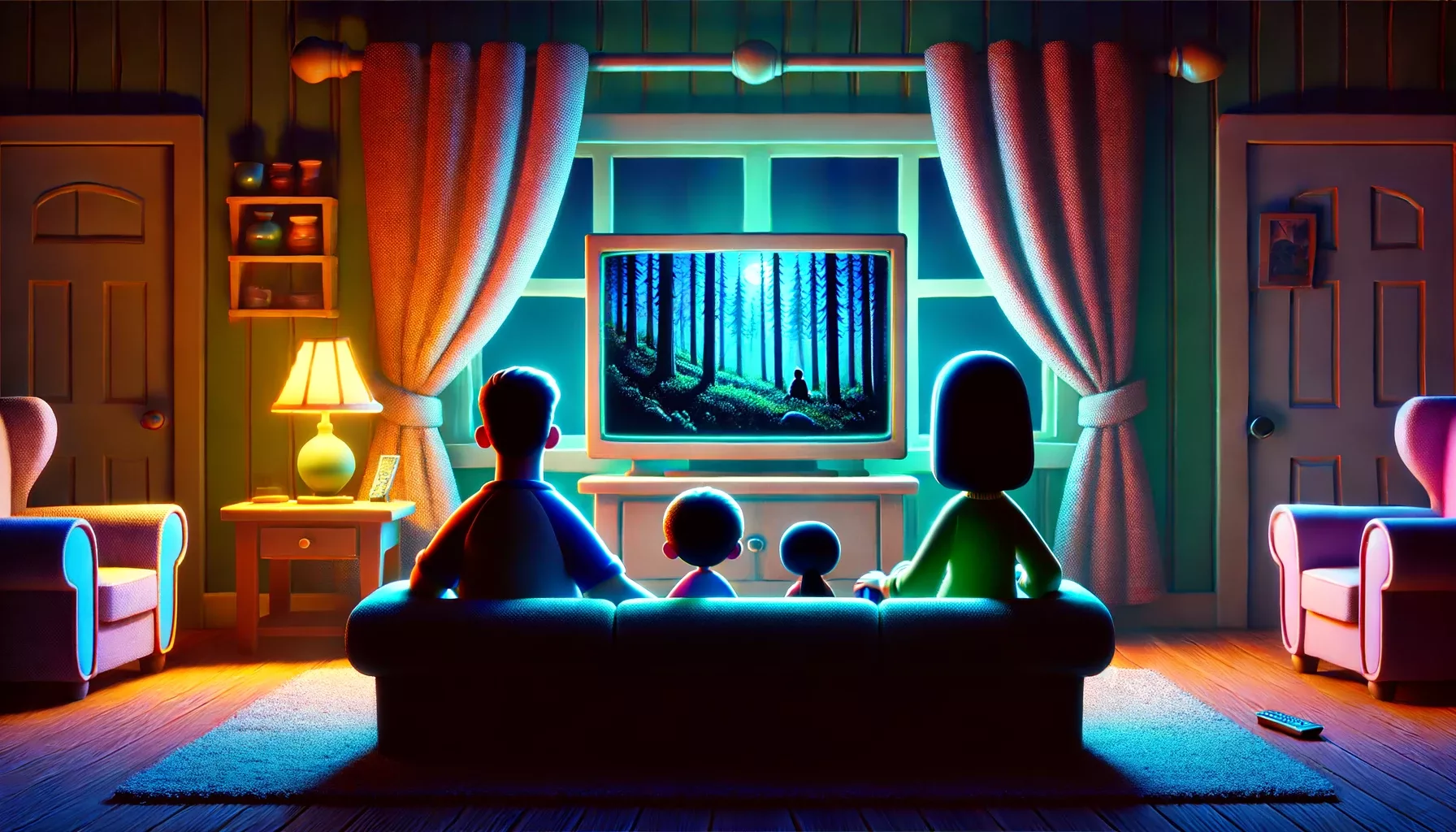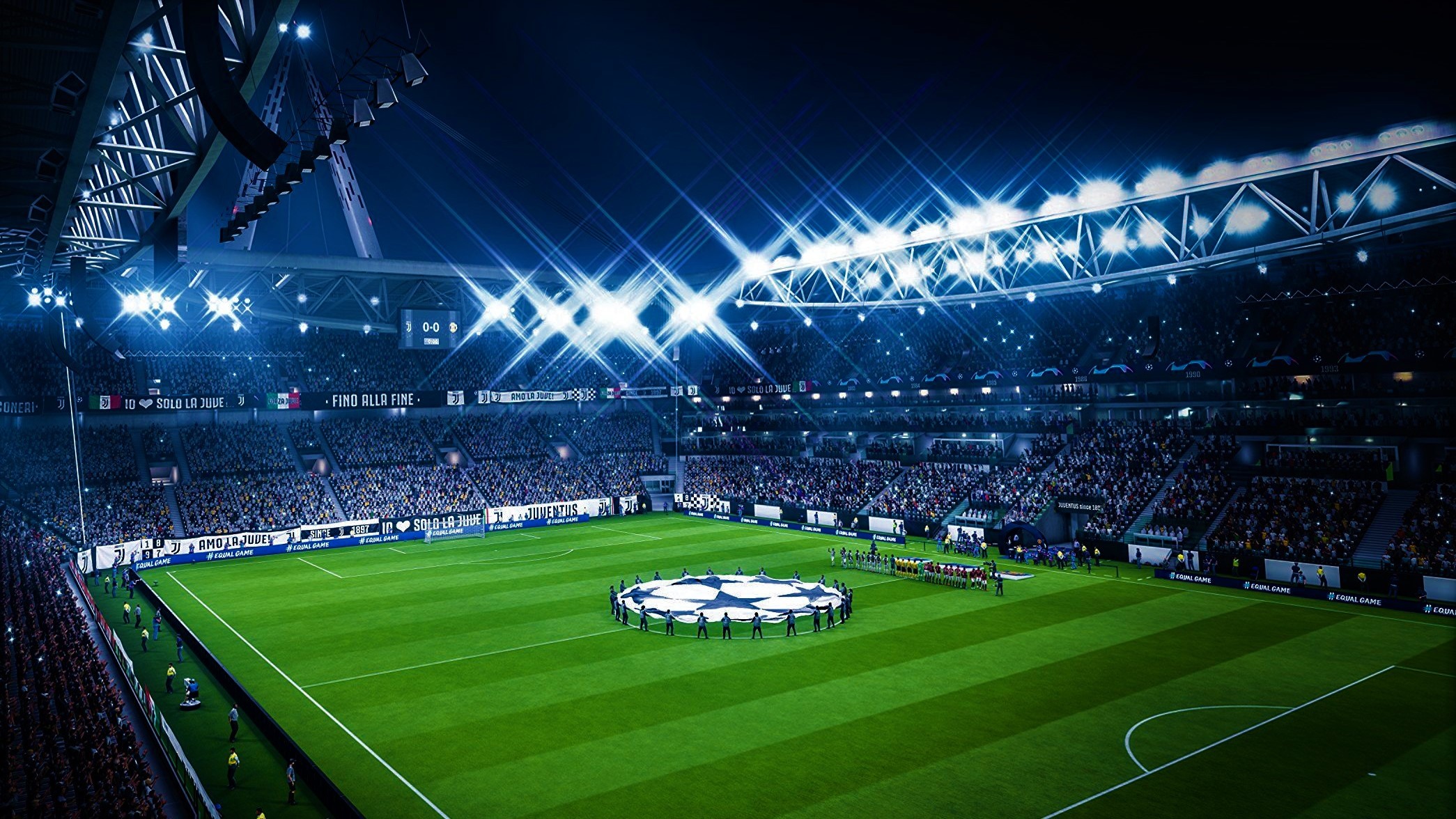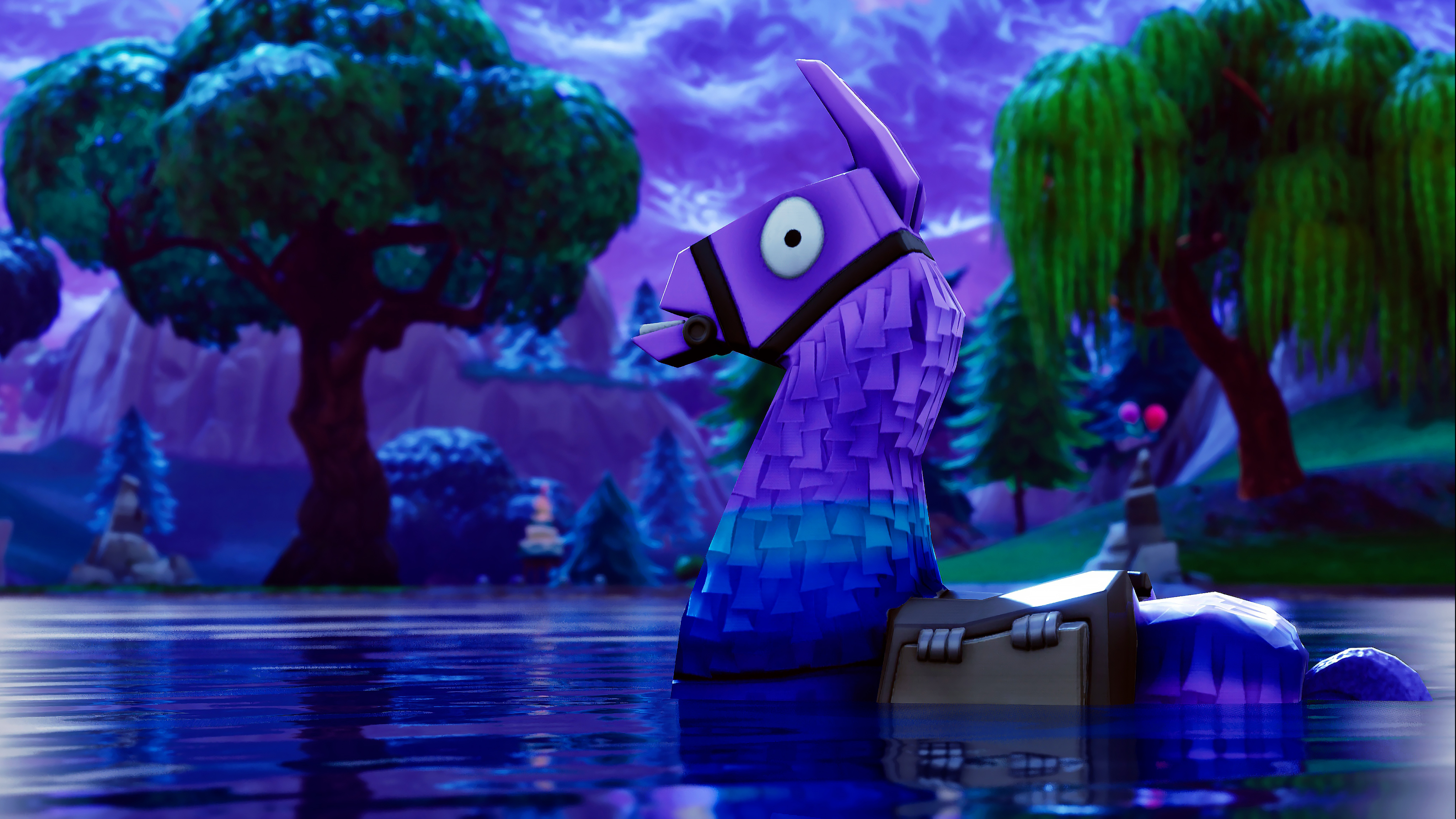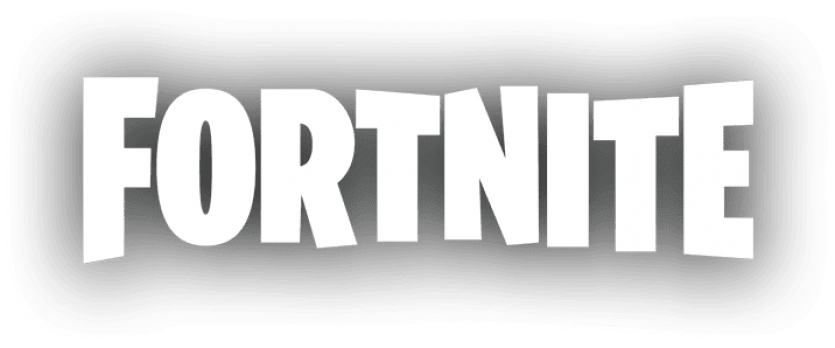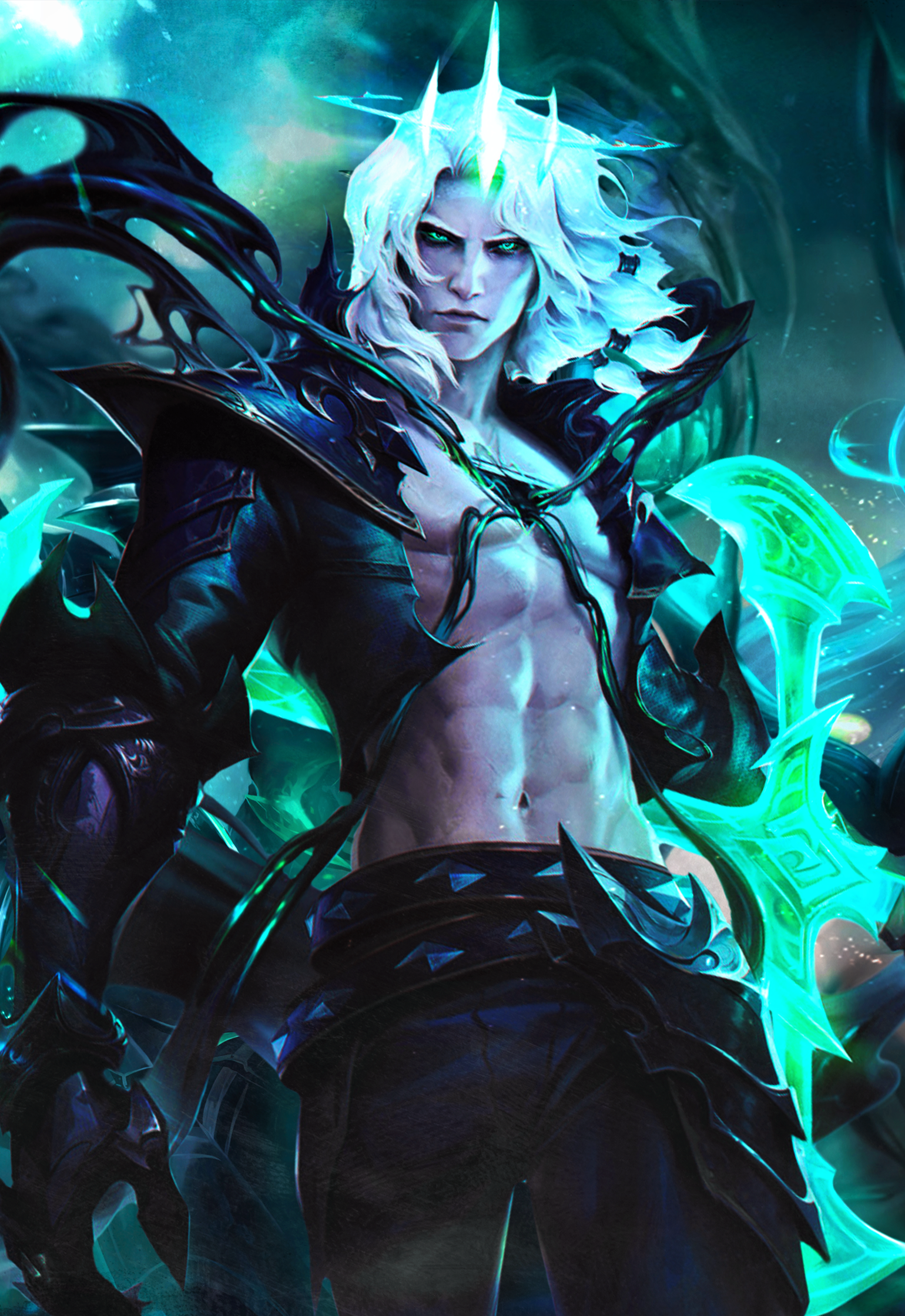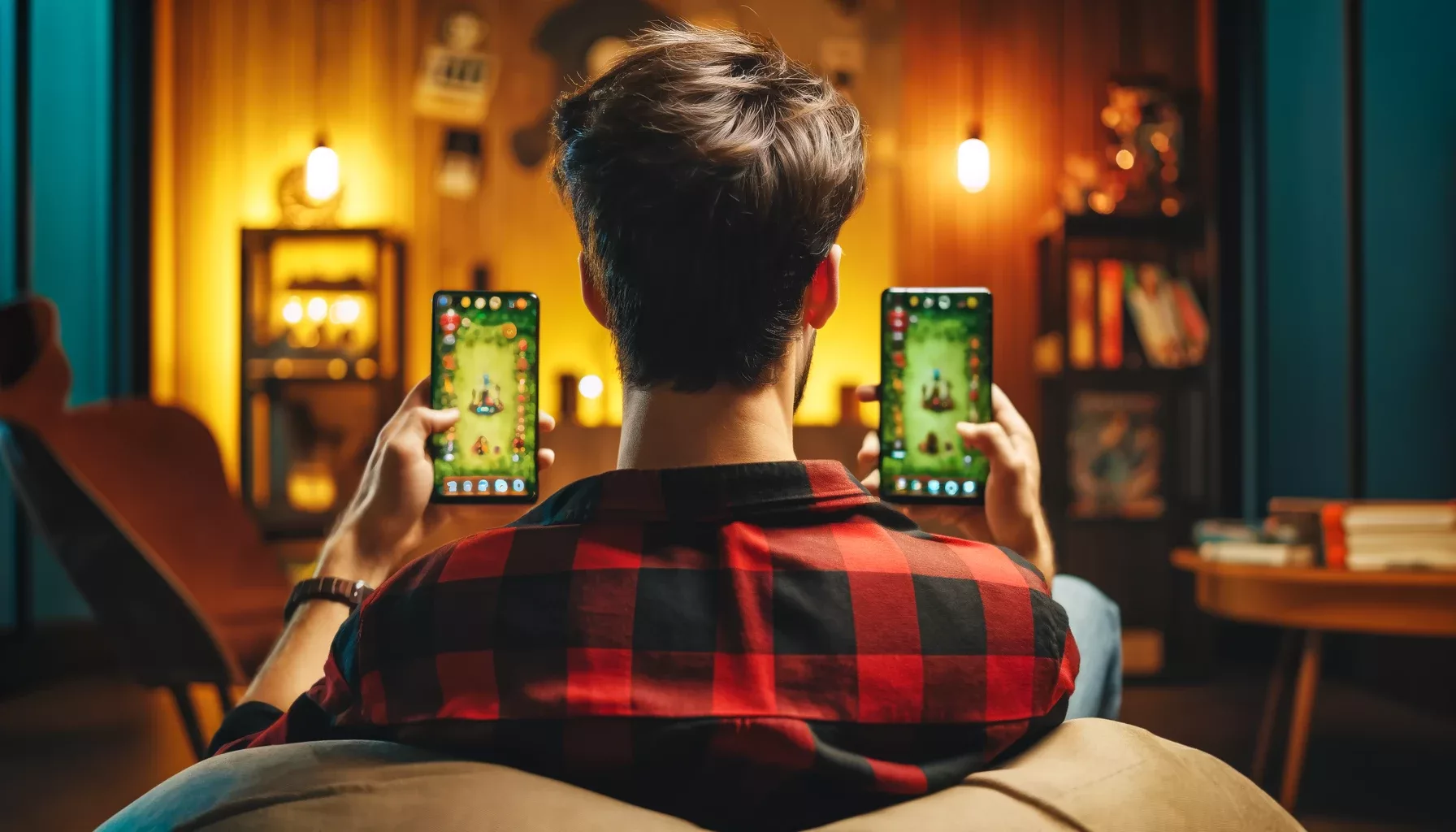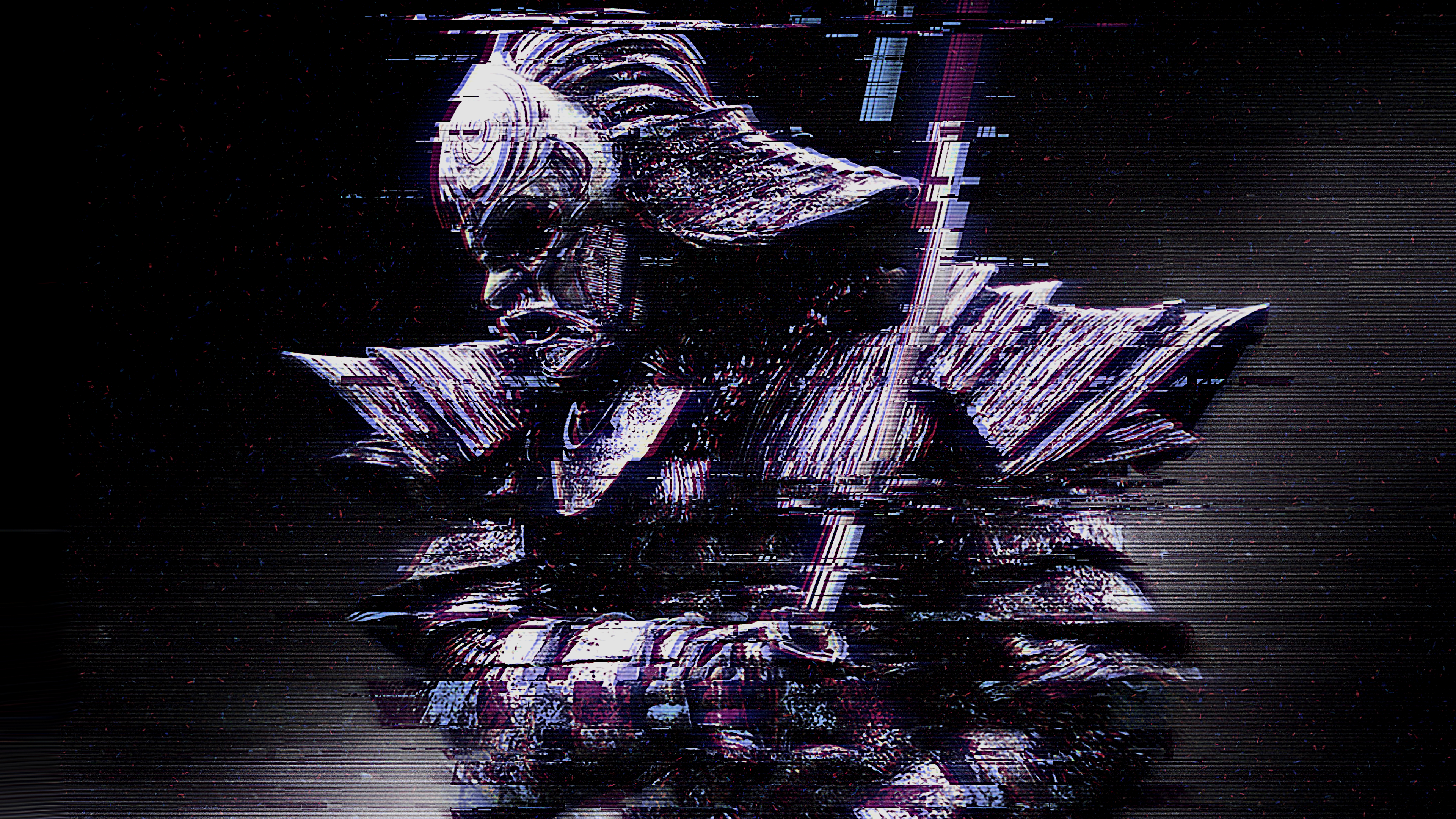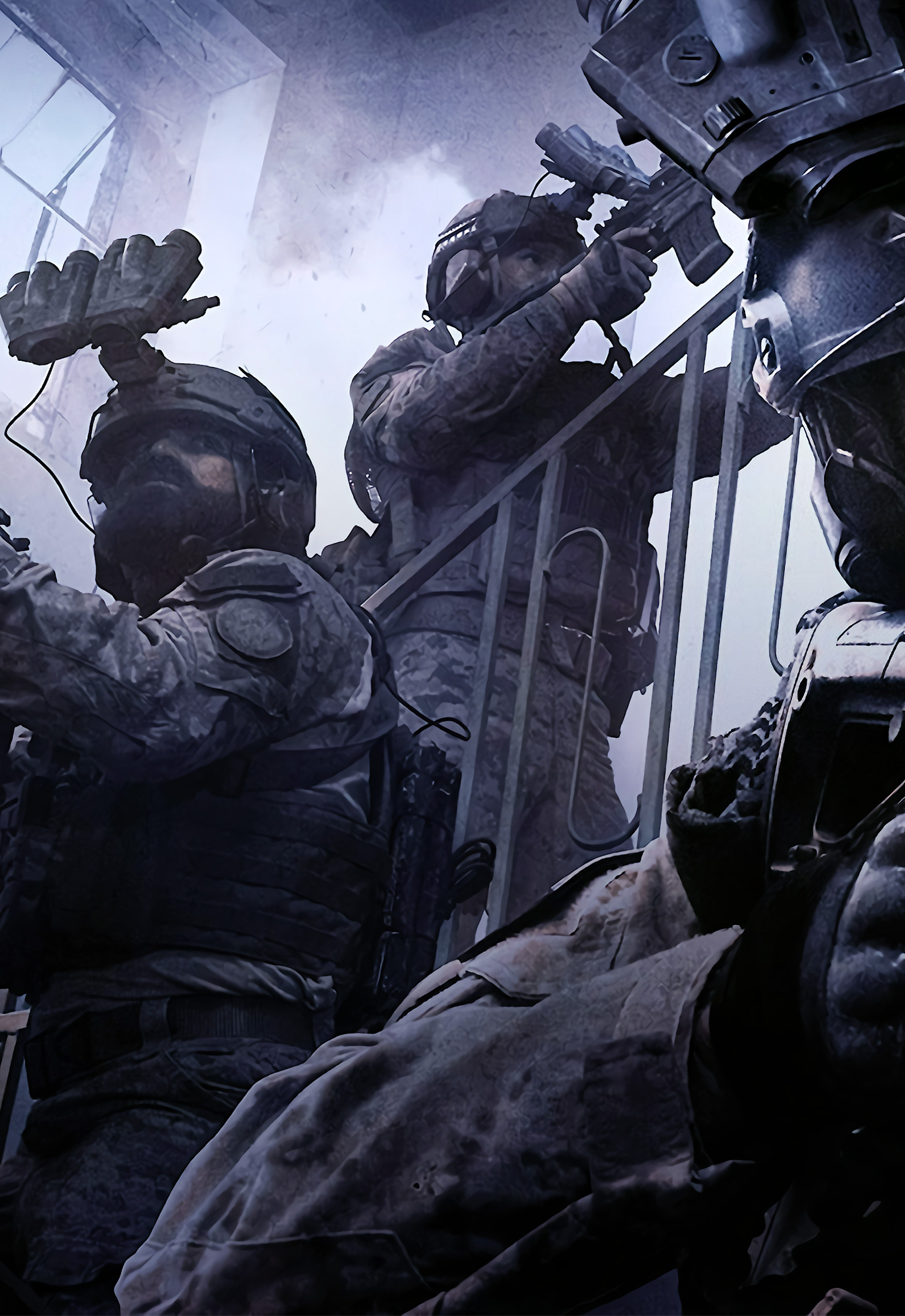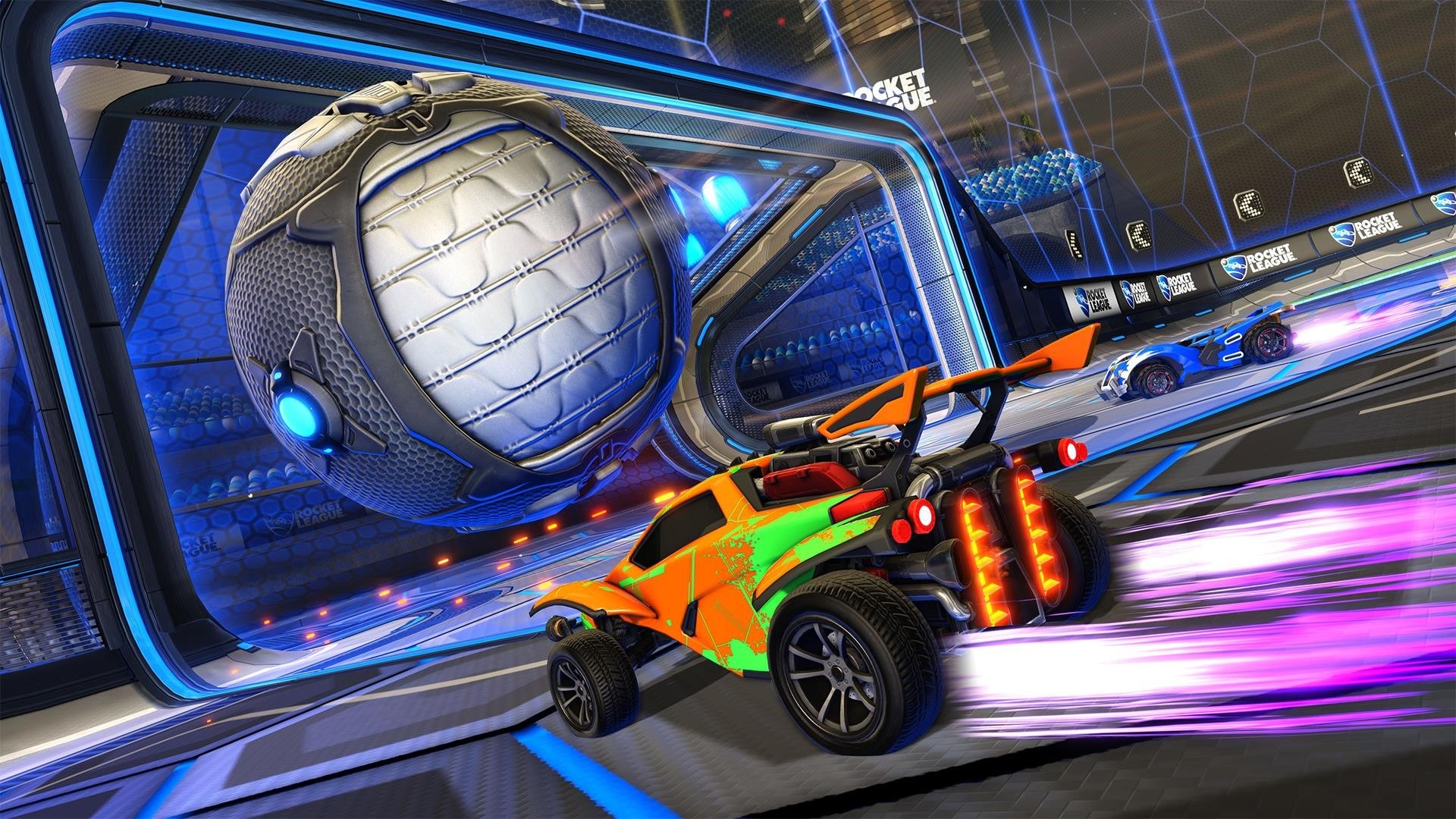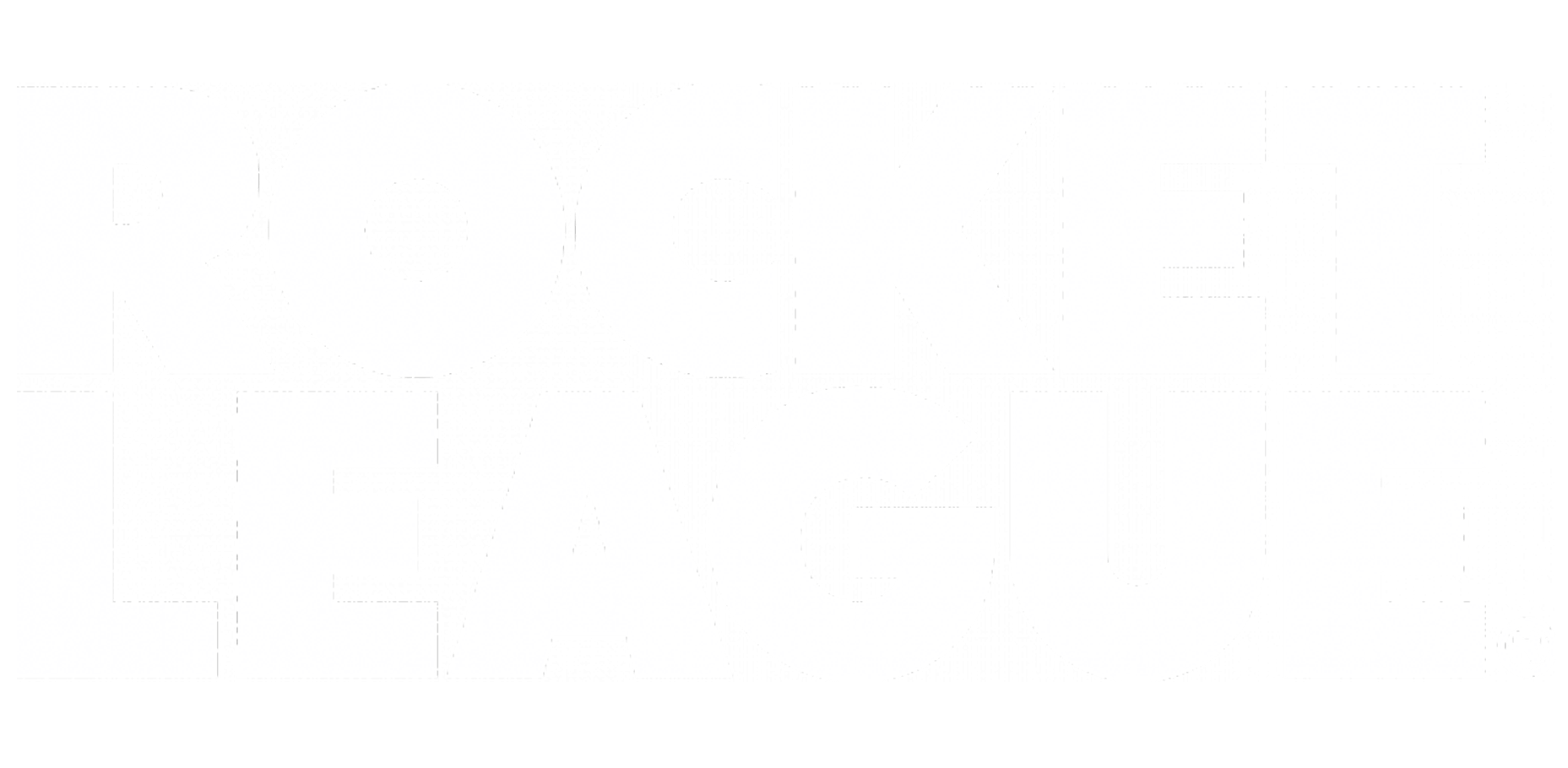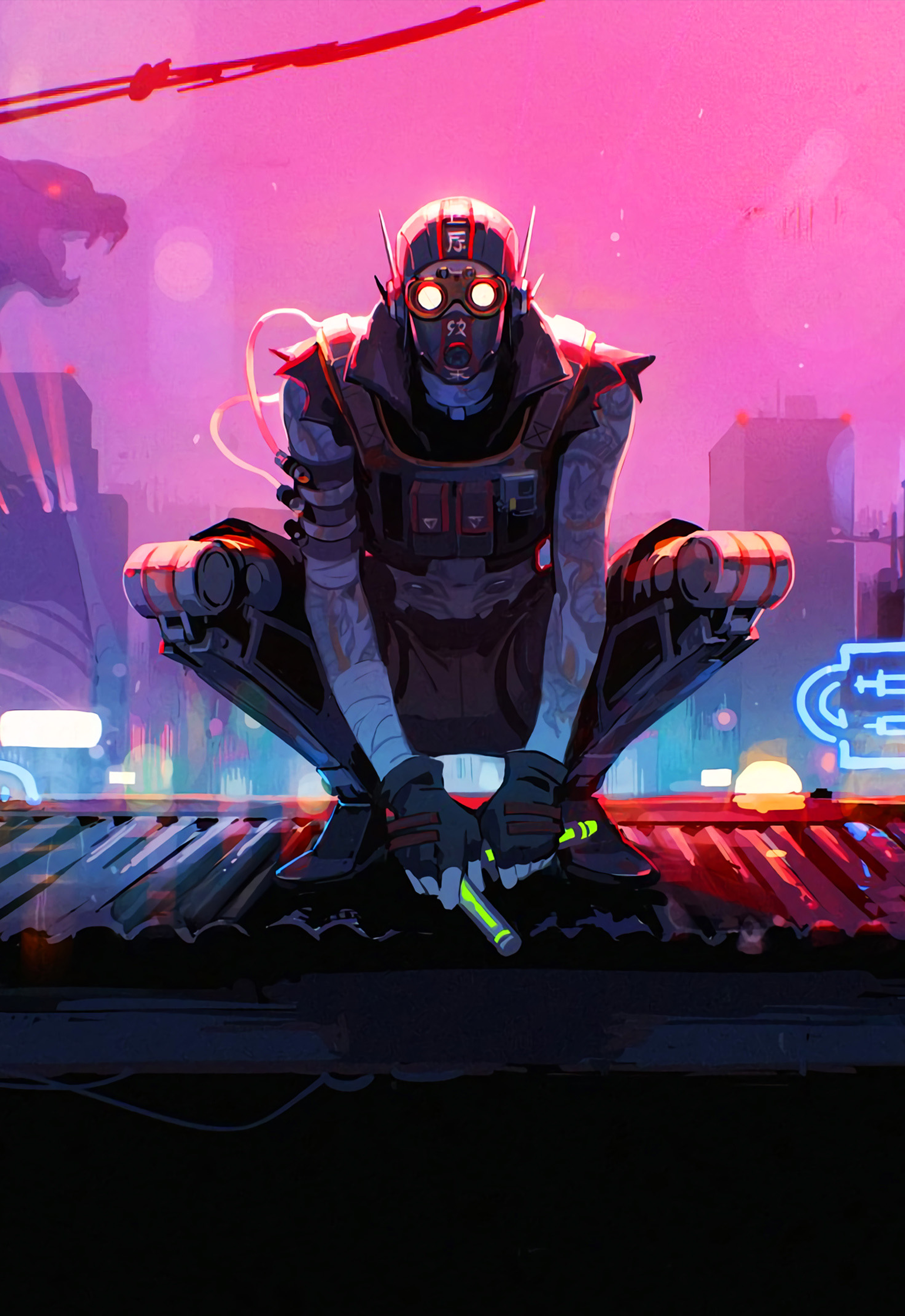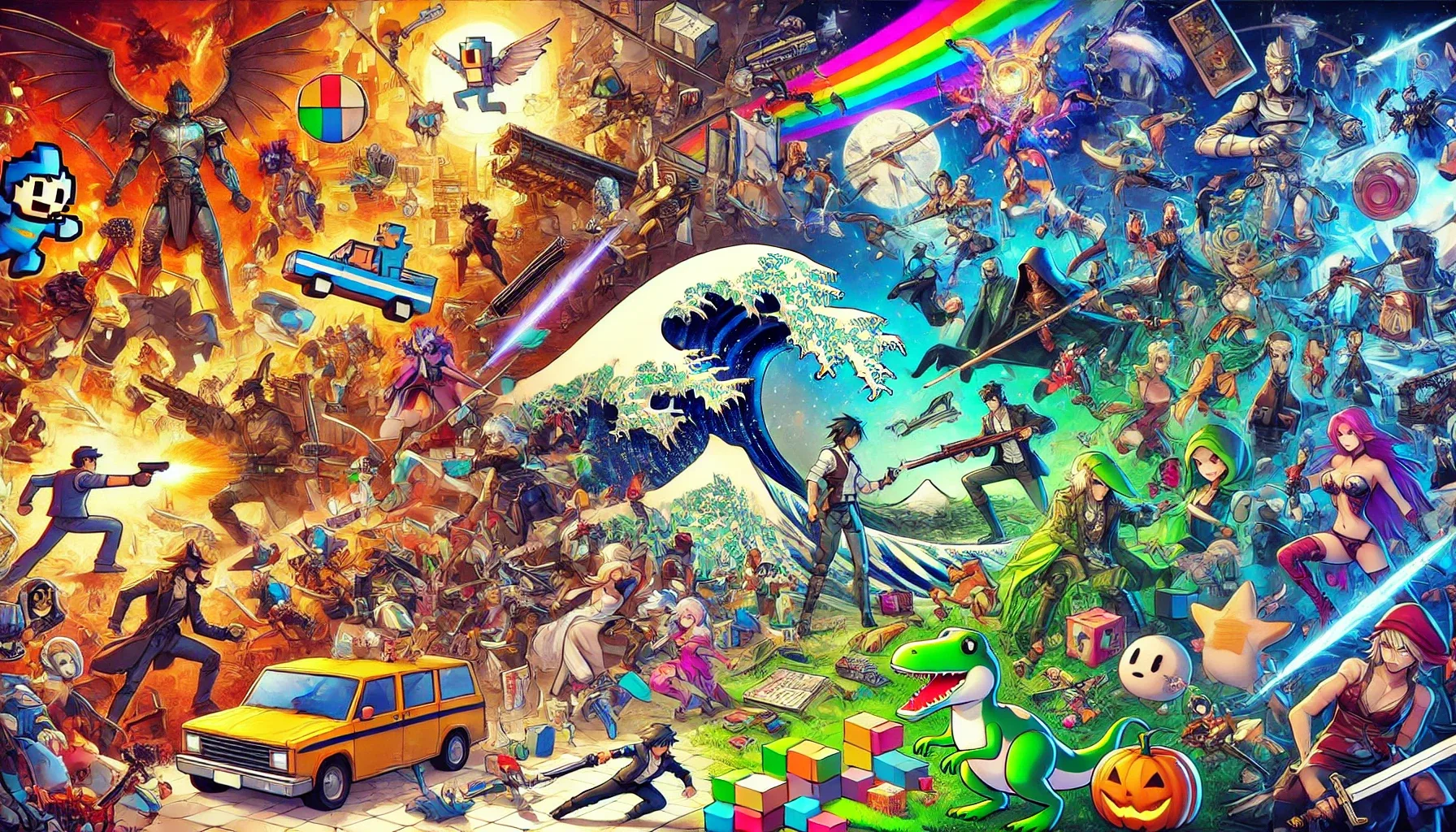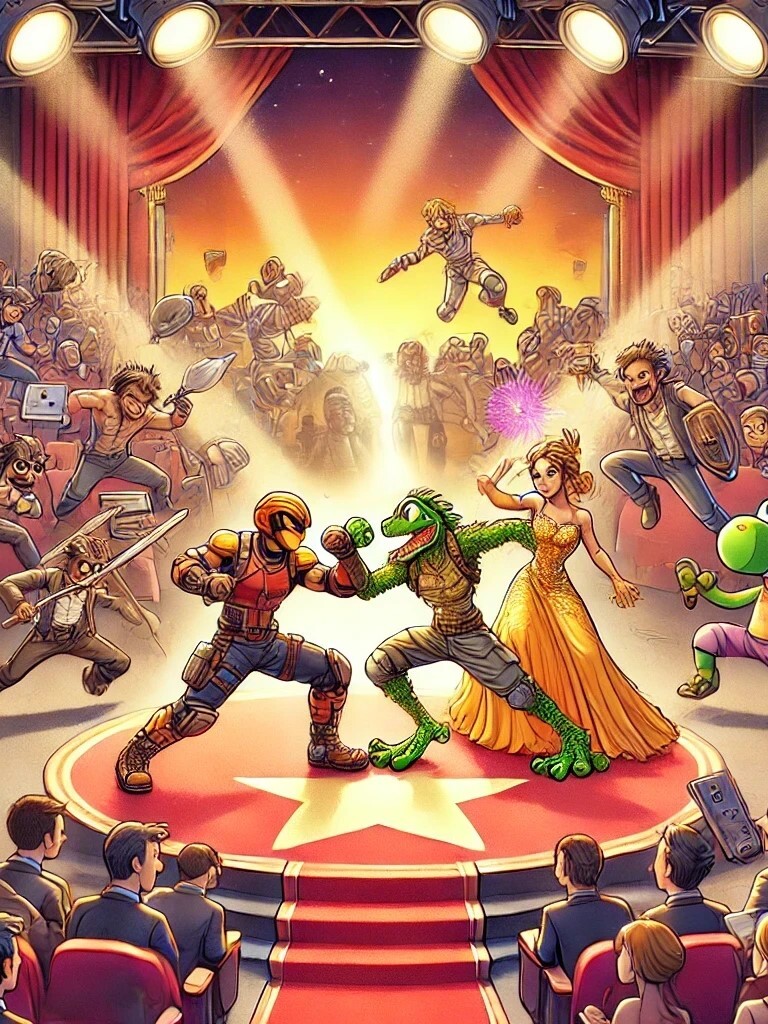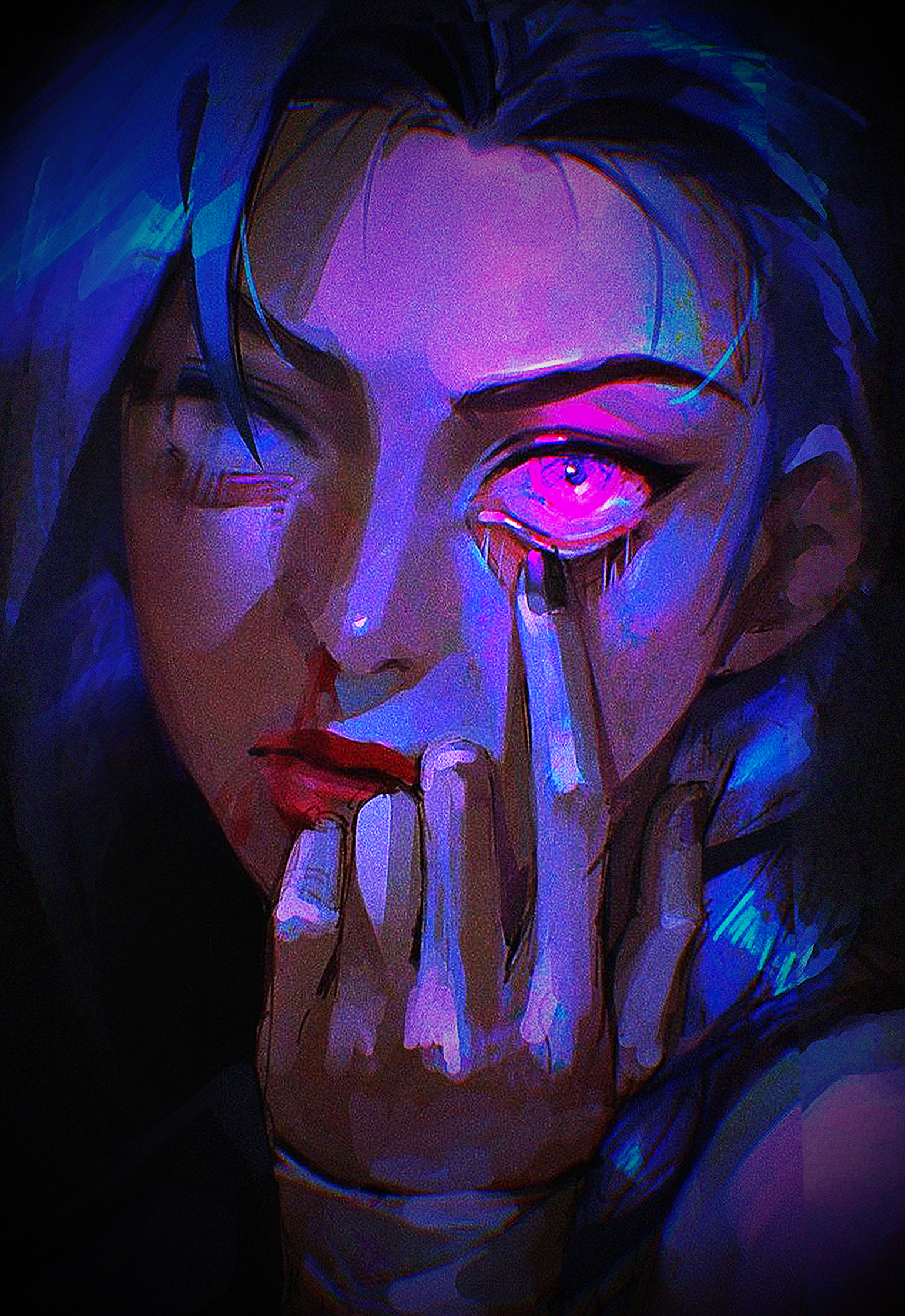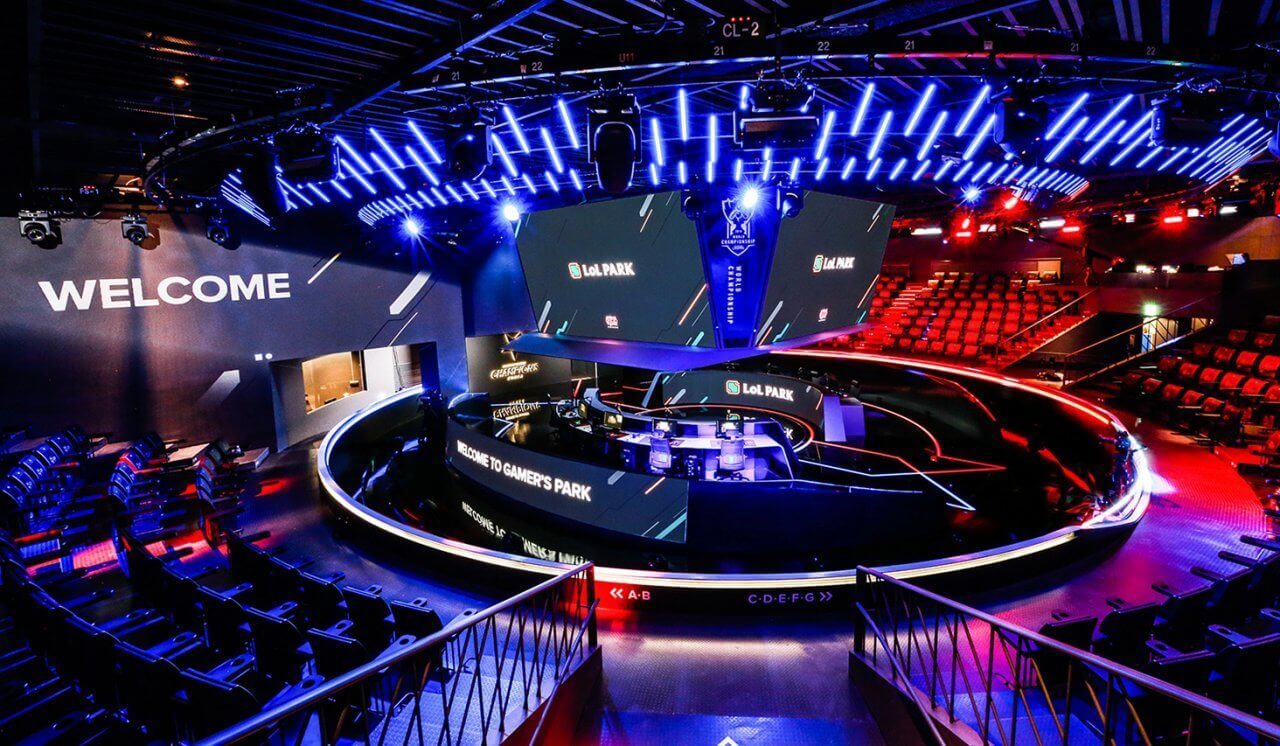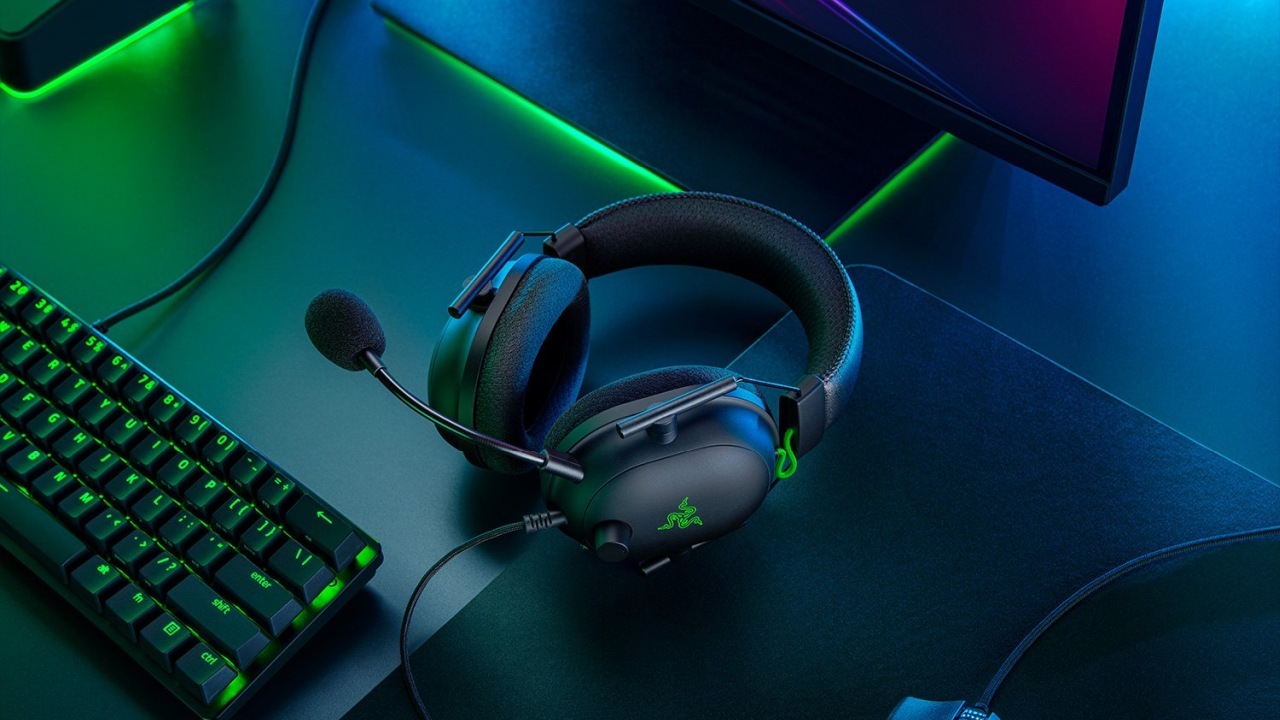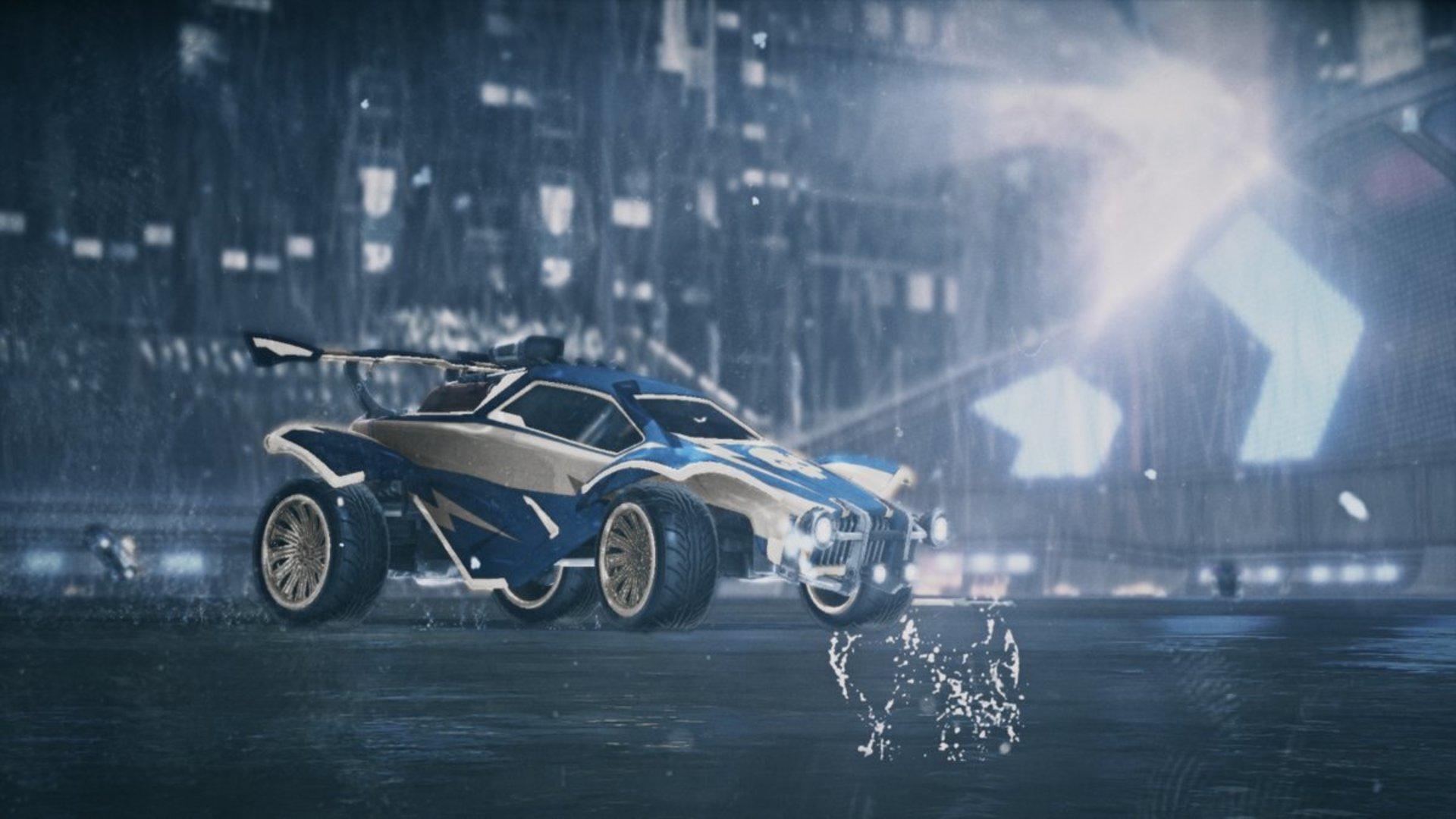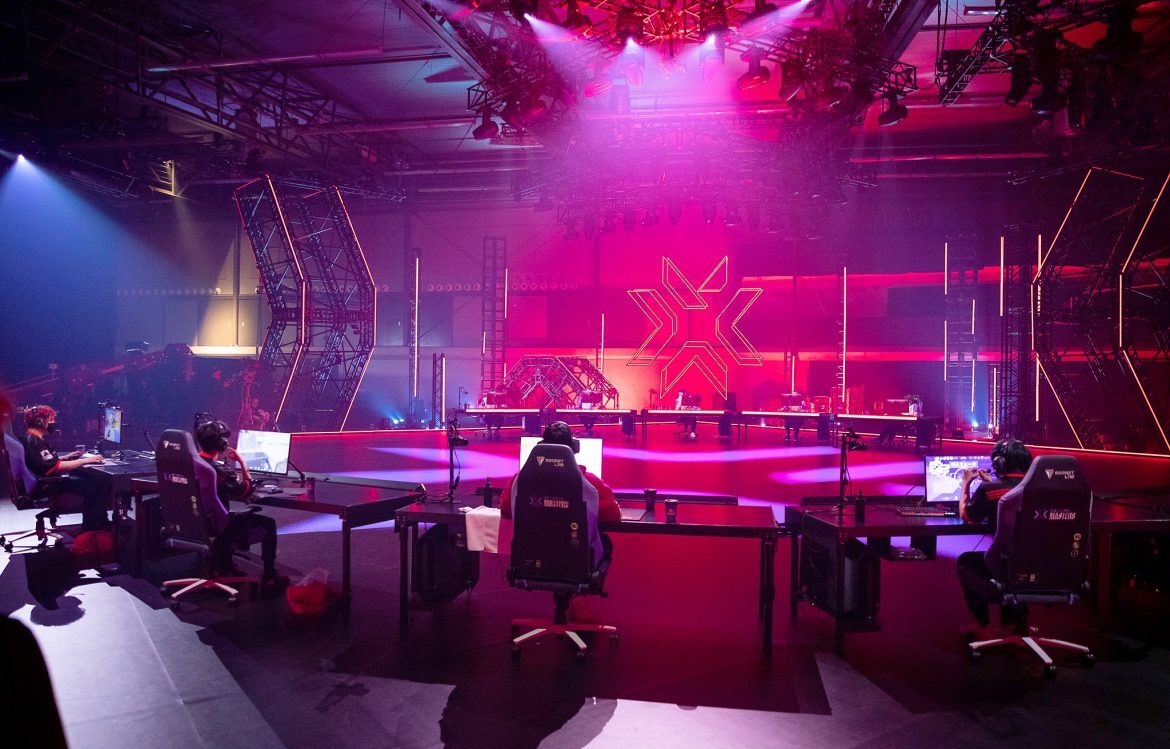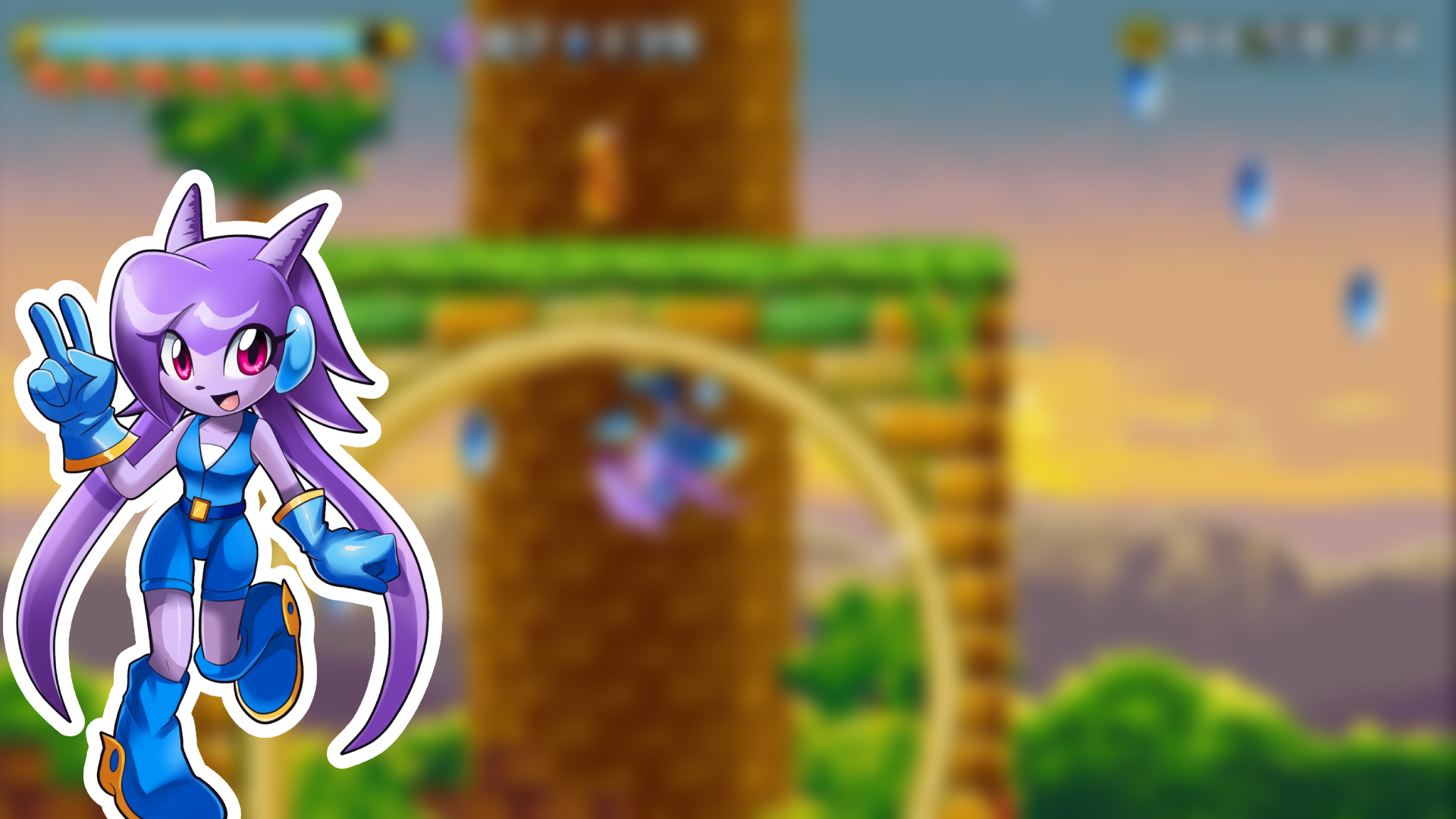Exchanging hedgehog, fox and echidna for dragon, wildcat and basset hound.
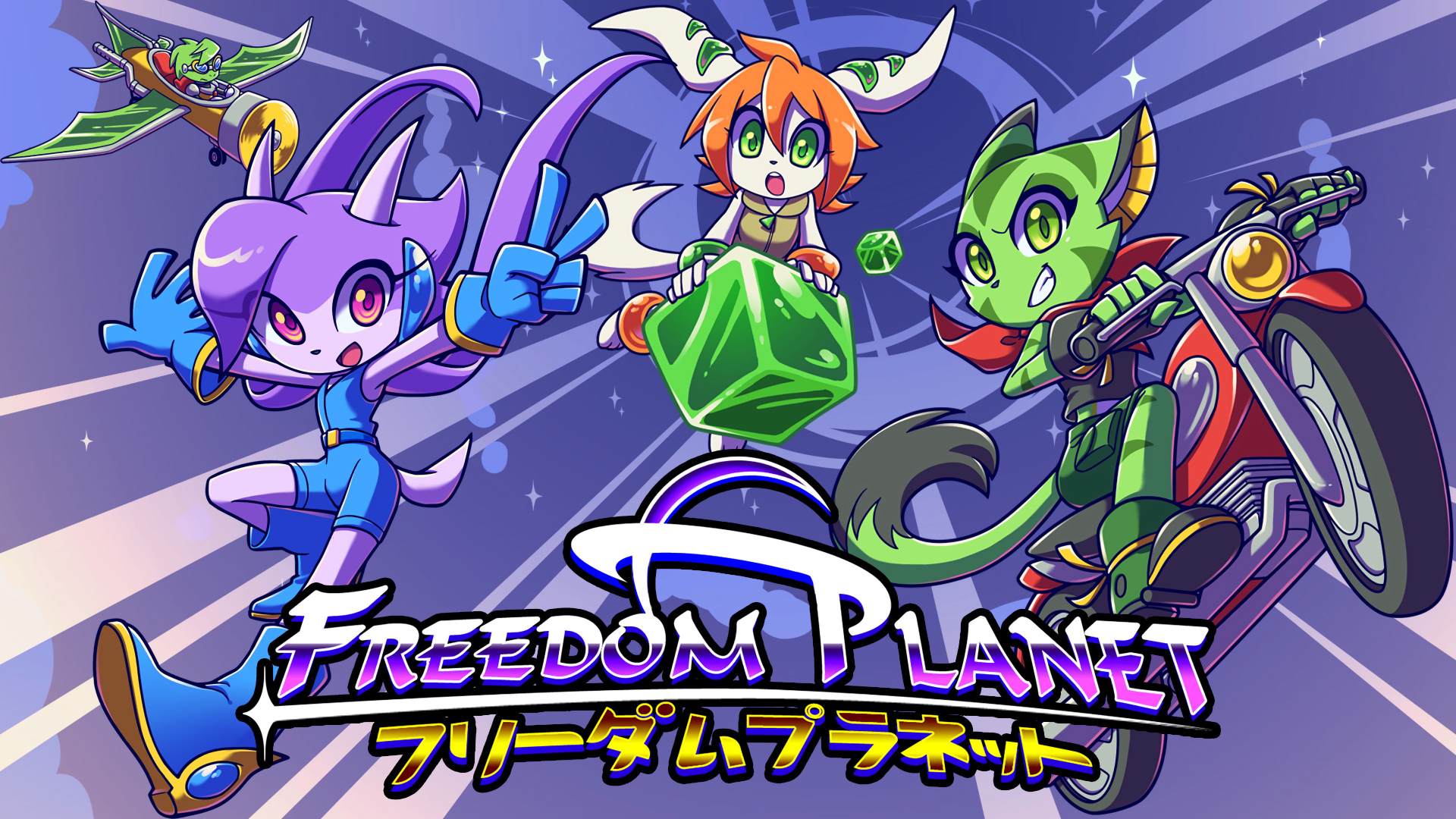
Considering the success of 2017s Sonic Mania, it may feel like Sega's flagship platforming video game franchise never completely disavowed its roots. Looking back, however, it quickly becomes apparent that there was a time when oldschool players really didn't have much to look forward to.
The series drastically changed its gameplay formular after 1994, meaning that the most devoted of fans had to take it into their own hands to satiate their need for classic-style Sonic games until eventually, one of them turned their project into a completely new, standalone IP.
Building Up Momentum
Hoping to create a mascot game for its Sega Mega Drive console to rival Nintendo's Super Mario, Sega hosted a competition, from which Naoto Ohshima's characters and Yuji Naka's gameplay proposals would be combined to form a fast-paced 2D platformer starring a blue hedgehog named Sonic going against a mad scientist named Dr. Eggman in 1991.
After the game's high-speed action and outstanding soundtrack soon made it very popular, Sega quickly decided to make Sonic the Hedgehog a household name, producing countless pieces of merchandise and expanding its world by introducing new characters and elements in direct sequels like Sonic 2 (1992), Sonic CD (1993), Sonic 3 (1994) and Sonic & Knuckles (1994).
But with the Sega Mega Drive's life cycle ending and 3D video games becoming the norm, mainline Sonic games would move away from their roots, with 2D Sonic getting relegated to experimental handheld titles, eventually culminating with a low-budget mobile title called Sonic the Portable, which would later be rebranded to Sonic the Hedgehog 4 (2010).
Getting A Running Start
With this supposed "grand return to form" disappointing fans due to it clearly being a lower-effort product, Sonic fan games emulating the style of the Sega Mega Drive titles became more popular than ever before. One of these was a small-scale browser game by US-American game designer Sabrina DiDuro, which began development in 2011.
During development, DiDuro (also going by the name Strife) quickly lost interest in doing derivative work and decided to replace the characters and settings with her own creations. This new game, titled Freedom Planet, first received a playable demo in 2012, with a successful crowdfunding campaign via Kickstarter (a spiritual successor classic) securing its realization.
With several freelance voice actors and composers on board, the full game would eventually be ready to launch in mid-2014 for Windows, with ports to other PCs and Wii U in 2015, PlayStation 4 in 2017 and Nintendo Switch in 2018. Limited physical editions of the originally digital-only title would also become available.
Taking The Leap
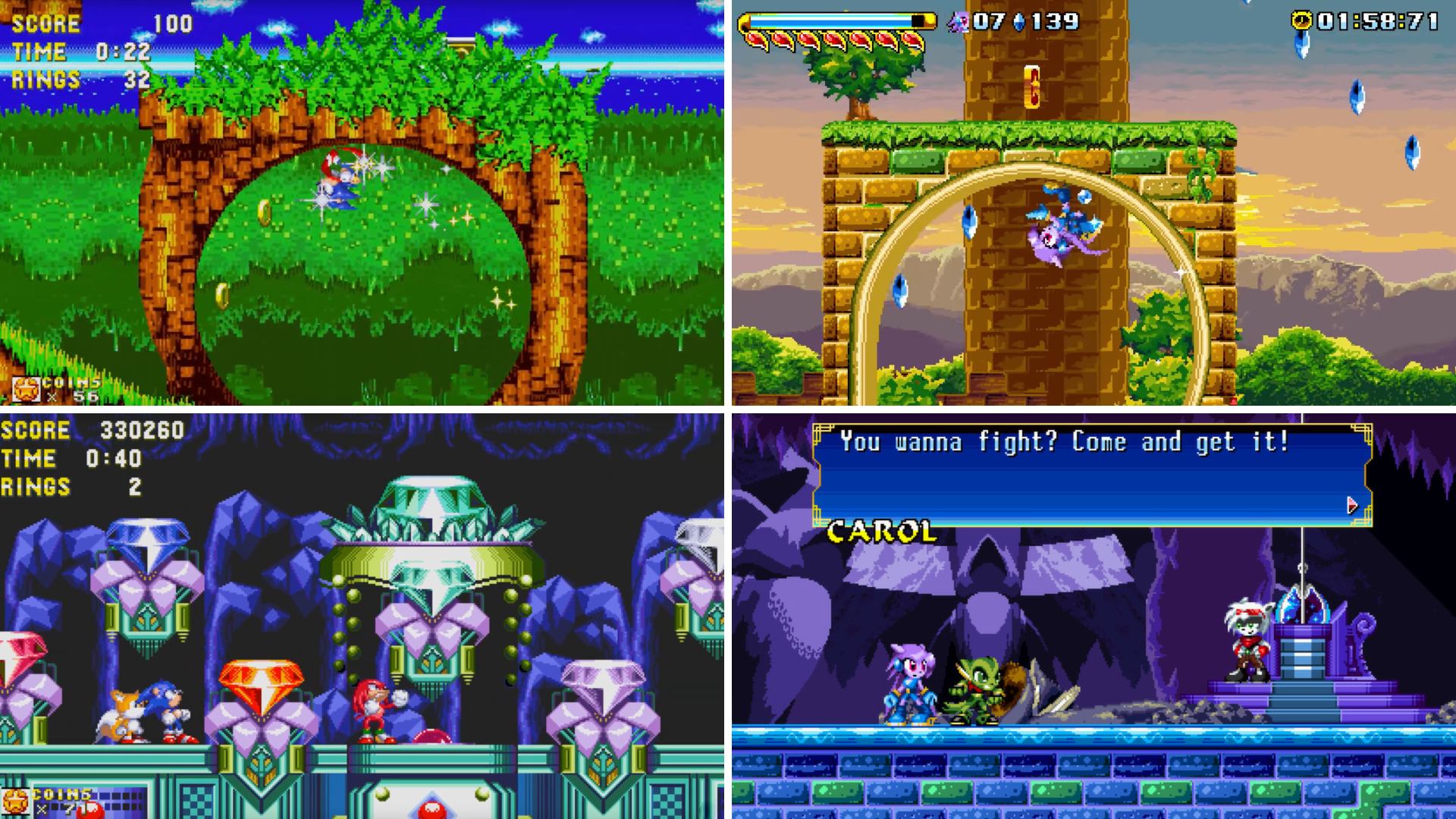
Freedom Planet is a pixel art 2D platformer emphasizing speed and momentum with loopings, corkscrews and ramps. Players take control of one of three colorful animal heroines named Sash Lilac, Carol Tea, or Milla Basset, as they dash, jump, and fight through hordes of robotic enemies with their different abilities. This may sound very familiar, but the game differs from Sonic with its different health system (rings were removed during development) and combat.
The game’s story follows Lilac, Carol, and Milla as they protect their world from political turmoil (inspired by Chinese history, which the game's setting also resembles) and an alien warlord named Arktivus Brevon, who seeks a powerful relic called the Kingdom Stone. By offering optional cutscenes with dialogue, the title provides a far more involved narrative than its template.
Aside from the main campaign, which can be played at four different difficulty levels, Freedom Planet also offers a time attack mode as well as special challenge stages for each character, something which would only be added to the classic Sonic games with Sonic Origins (2022). A Mahjong minigame tying into its Chinese theming is available on top.
Crossing The Finish Line
Freedom Planet received widespread critical acclaim, with reviewers praising its vibrant visuals, strong soundtrack and faithful yet original take on the 16-bit platformer formula. Its gameplay expansions over the template titles and distinct theming, combined with the variety provided via the multiple playable protagonists, helped it stand out in the Indie platformer space.
The title was commercially successful as well, with Strife's studio GalaxyTrail continuing to issue updates after its release, including things like new playable characters. Main protagonist Lilac was even included in the fan game Sonic: After the Sequel (2013). The studio started development on a sequel in 2015, which would eventually be released as Freedom Planet 2 in 2022.
With higher-profile releases like Sonic Mania (2017) and Sonic Superstars (2023), Sega has clearly acknowledged the demand for classic-style Sonic titles. But given Freedom Planet's own gameplay innovations and distinct world, one can easily imagine a future where both franchise can peacefully coexist.
